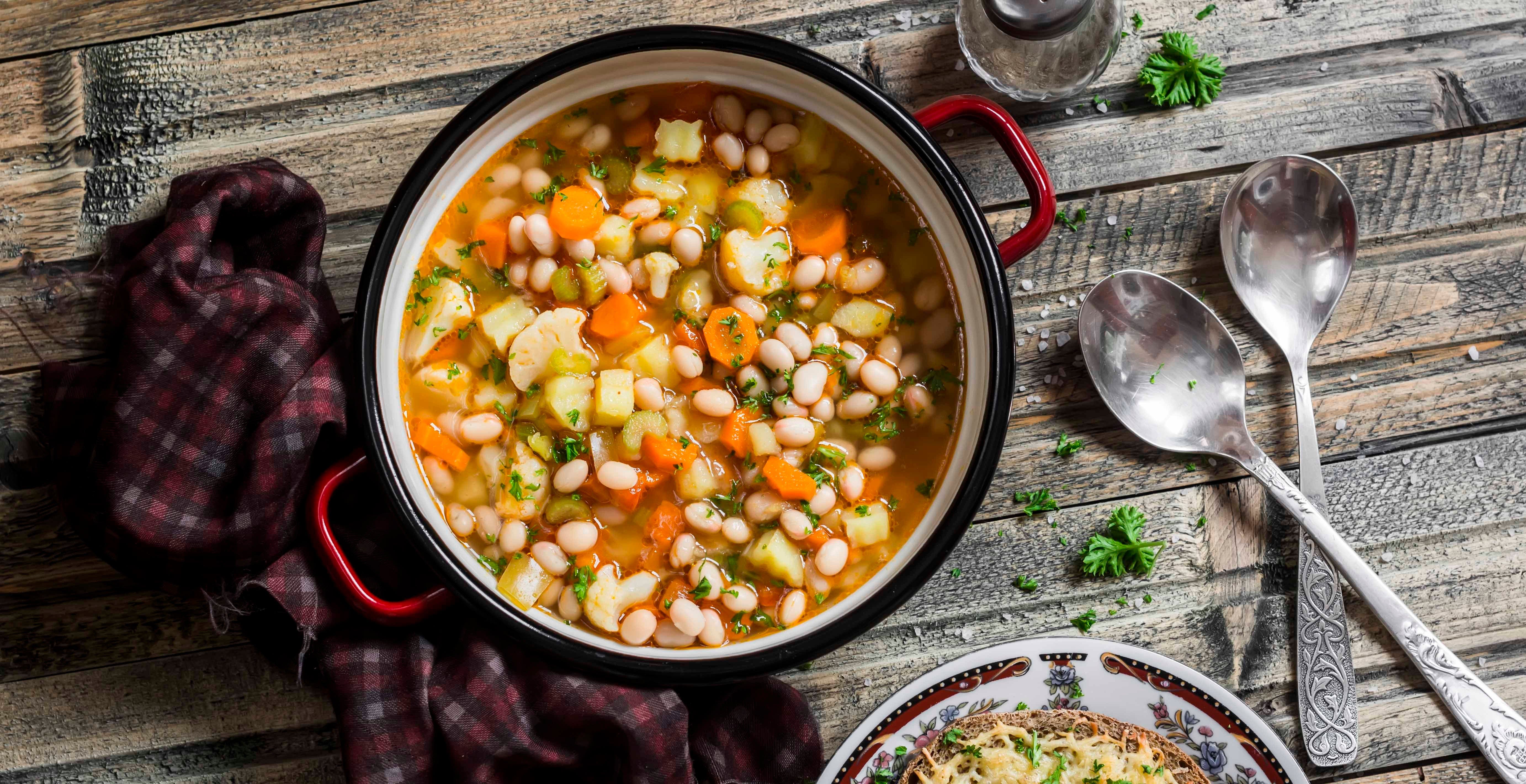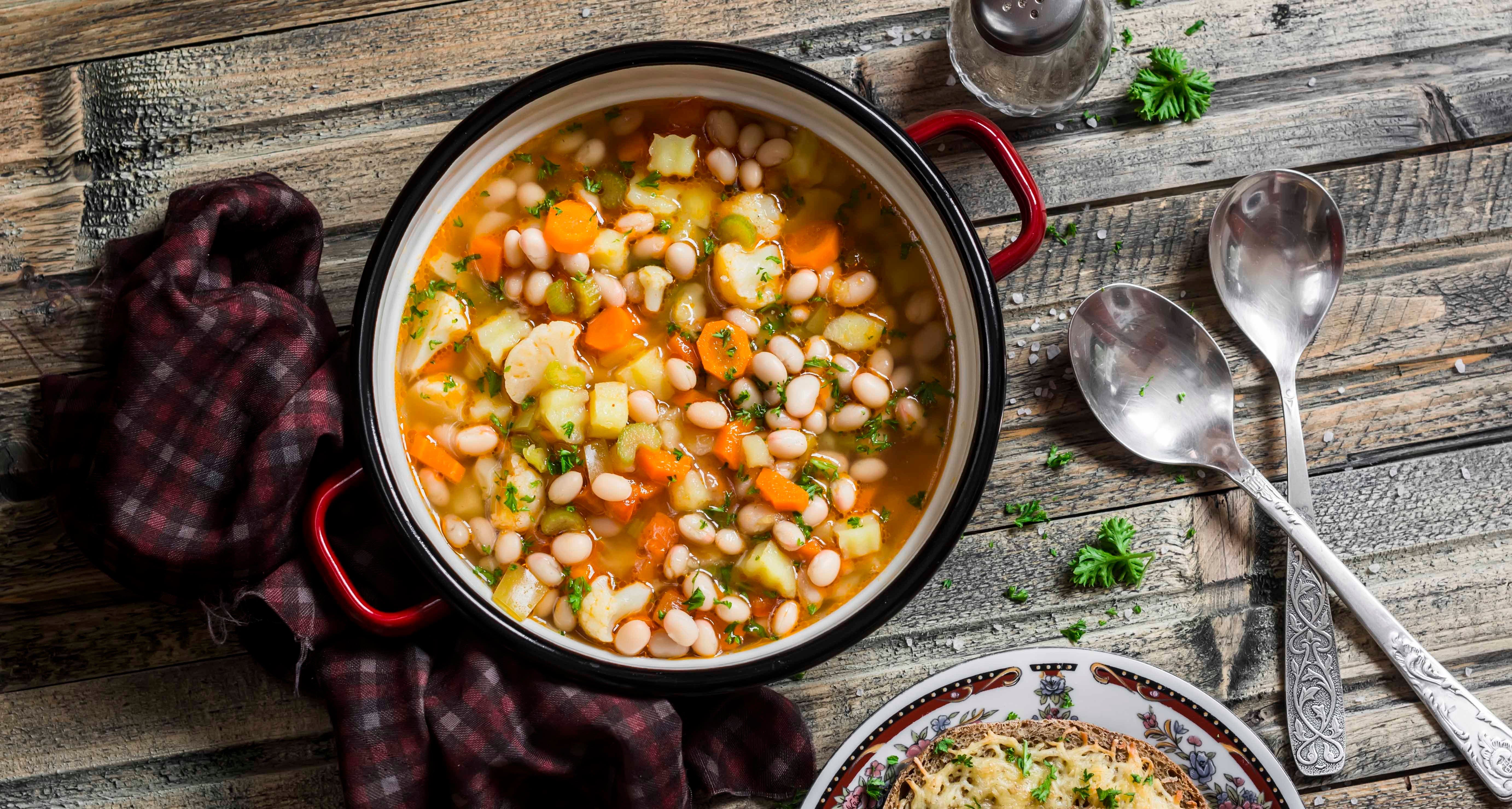Comfort food know how


Certain foods are so comforting that it may as well be fact that they’re bound to put a smile on your face. These foods are often made from rich ingredients and are generally associated with positive memories and can act as edible buffers against negative feelings. Studies have shown that our reasons for actively seeking out comfort foods are complex and could have to do with the pleasure centres in our brain, the desire to self-comfort with food and even how we turn to food as a response to loneliness. Comfort food has the unfair reputation of being inherently unhealthy, especially when you’re trying to maintain a balanced and nutritious diet. The great news is that almost any comfort food dish can easily be modified to include more lower or ZeroPointTM foods, all it takes is a little know-how and a willingness to get creative in the kitchen.
Mix up your mash
Mashed potatoes are undeniably the ultimate when it comes to comfort food. Whipped potatoes, melted butter and rich cream: What’s not to love? Well, the saturated fat content for starters. Luckily, you can enjoy a lightened up version of homemade mashed potatoes whenever you’re in need of some comfort by trying some of these simple swaps:
- Experiment with different vegetables: Replace half of the mashed potatoes with another mashed vegetable. The potatoes will ensure a structured yet creamy texture, steamed or boiled carrots, turnips, cauliflower, yams, sweet potatoes, and celeriac (also known as celery root) work well and add a variety of vitamins and other nutrients to the mash.
- Don’t get rid of the fat completely: Mashed potatoes made without fat can taste dry and flavourless and on a more serious note, your body needs a small amount of fat to absorb vitamins A, D, K, and E (this is especially pertinent if you’re adding vitamin-rich vegetables to the mash.) Experiment with olive oil, avocado oil, ghee, and coconut oil in place of the butter.
- Ditch the cream: Switch out the cream with several dollops of plain nonfat regular or Greek yogourt, skyr or sour cream. Make a vegan mash by adding a splash of vegetable stock or your preferred non-dairy milk (gradually add small amounts of liquid until the mash reaches the desired texture.)
Get creative with noodles
Lasagna, pad Thai, spaghetti and meatballs, macaroni and cheese, ramen, and cacio e pepe; the list of comforting noodle-based dishes is long and full of delicious variations. Use the following tips to lighten up some of your favourite pasta and noodle recipes; you’ll be adding plenty of flavour and nutritional value at the same time.
- Substitute half the noodles with veggies: If you’re already well-acquainted with vegetable “noodles” and enjoy their taste and texture feel free to get rid of the actual noodles entirely. Otherwise, keep it at half noodles and half vegetables. You may find that certain types of recipes are better suited to vegetable noodles than others, so play around with the ratio.
- Use strong cheese for bigger flavour: Some noodle recipes can call for four cups of grated cheese (or more!) and that isn’t even counting the cheese that’s sprinkled on top. To ensure a flavourful béchamel without having to add mountains of cheese try using Parmigiano-Reggiano, Gorgonzola picante, aged cheddar, pecorino romano, or a sharp goat’s milk cheese.
- Try zucchini for layering and stuffing: Use a vegetable peeler to create thin strips of zucchini next time you’re making lasagna or stuffed pasta, the zucchini makes surprisingly sturdy “noodles” (and best of all, they don’t need to be parboiled!)
Feel good about fried favourites
Whether you’re craving French fries or fried chicken the appeal of this particular comfort food is widespread. After all, deep-frying is a popular cooking method in cuisines all over the world. While it’s difficult to replicate the exact same taste and texture of fried foods without actually frying the ingredients in oil, there are some steps you can take to make “oven fried” foods successfully.
- Brine the meat: Turkey, pork and chicken all benefit from either wet or dry brining before being cooked. Check out this WW article on adding flavour to chicken breasts that features instructions on how to do both kinds of brining. Use these brining techniques and say goodbye to dry meat forever!
- Use cornstarch to keep it crisp: A light dusting of cornstarch will transform even the soggiest ingredient into a crisp delight if applied before baking. Cornstarch-coated tofu, meat and poultry can also be shallow-fried in a very small amount of oil in a skillet with excellent results.
- Remove excess starch with a water bath: Sweet potatoes, yams, and baking potatoes all benefit from a good soak in cold water as it draws out the excess starch which allows the vegetables to crisp up as if they’ve been deep-fried. Peel and cut up the vegetables, soaking them in a bowl- or sinkful of cold water. Dry thoroughly with a clean tea towel before using.
